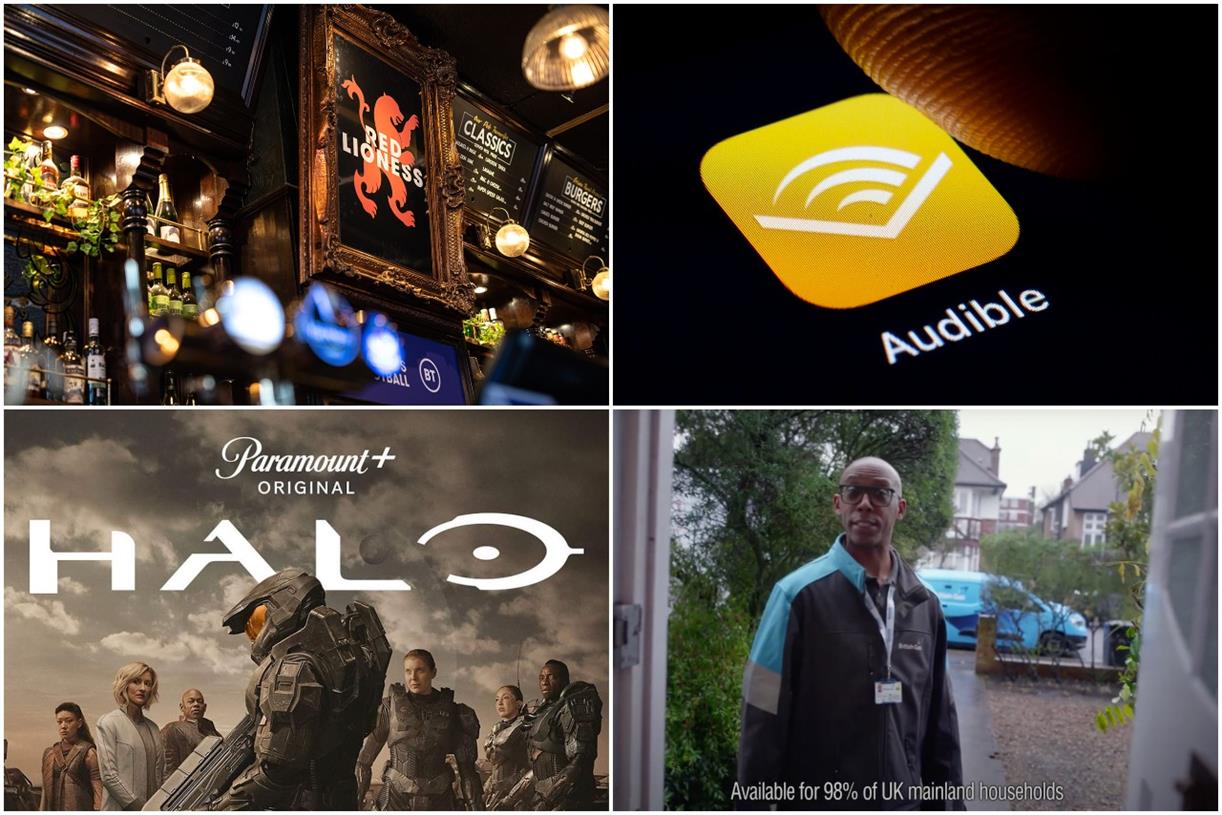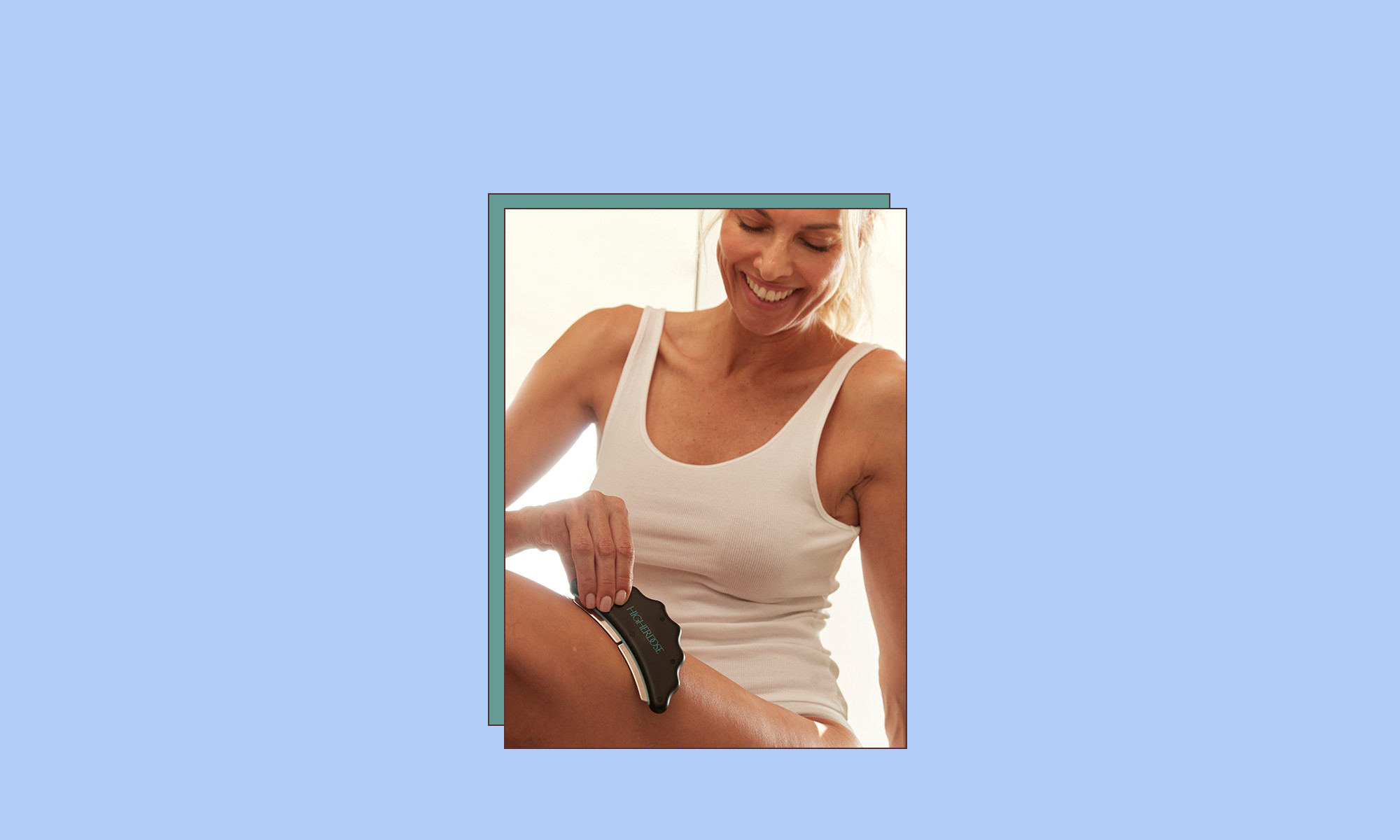Top 8 Trends to Follow in the Advanced Wound Care Market
The human body has regenerative cells that hold tremendous capabilities to heal wounds. However, some chronic conditions such as diabetes, foot ulcers, pressure ulcers, and venous leg ulcers can stall the wound healing process.

According to a recently published report of Roots Analysis, more than 8 million people are suffering from numerous chronic and non-chronic wounds in the US alone. This accounts for around 2% of the whole population of the United States. Advanced wound care dressings have come a long way to promote tissue regeneration and promote faster healing of chronic wounds. Advanced wound care products are divided into three types, namely, advanced wound care dressings, bioengineered dressings or dermal substitutes, and wound care medical devices. Considering the wide-scale adoption of advanced wound care solutions, the market will experience substantial growth in the upcoming years. The market features more than 180 companies with the required expertise to manufacture advanced wound care solutions that help accelerate the healing process as per the report of Roots Analysis. Notably, the advanced wound care market is well fragmented into very small, small, mid-sized, large, and very large companies. Out of these, nearly 60% of the companies have been established post-2001, and over 50% of the companies in this field are very small companies (having less than 10 employees) and small players (with 11-50 employees). In order to increase the adoption of advanced wound care products, several industrial leaders are focusing on the integration of advanced wound care products with AI technology and machine learning for the development of smart bandages and products. Several breakthroughs are currently occurring in the advanced wound care industry to develop novel solutions to treat different types of wounds. According to the research report conducted by Roots Analysis, the advanced wound care market has witnessed close to 100 partnerships between key players. The aim of these partnerships is to integrate advanced AI technology and therapies that boost wound closure and improve patient outcomes. Some of the latest technologies and trends that are currently influencing the advanced wound care industry are listed below. This therapy involves the implementation of controlled suction on the wound site by using a vacuum pump. It helps to promote healing by removing excessive fluid and stimulating blood flow by reducing edema. In the future, advanced wound care companies will emphasize portable and wearable negative pressure wound therapy devices that offer greater mobility and ensure comfort for patients. Biophotonic therapy involves the application of low-level lasers around the wound areas to eliminate bacteria, viruses, molds, and fungi. There are three waveforms, namely red, green, and blue, that are applied to the affected areas to accelerate the natural wound-healing process. The red waves (635 nm) help to increase ATP production and improve oxygen flow in the wound area to calm muscles. The green waves (532nm) promote the cell elasticity of erythrocytes and activate the repair process. Additionally, the blue waves (405 & 407 nm) promote wound repairing and healing by initiating telomerase activation in the cells. In this process, electrical stimulation devices utilize low-level electrical currents to promote wound healing. These electrical impulses facilitate angiogenesis, cell migration, and the formation of new tissues. The electroceutical dressings-based devices are being developed to offer non-invasive and targeted electrical stimulation for wound healing. Nanotechnology has been in practice for years as an advanced drug-delivery system to deliver gene therapies at targeted sites. Now, nanotechnology-based wound healing devices have been developed that employ nanofiber and nanoparticles to deliver drugs into the dressing to create antibacterial surfaces and improve mechanical properties. The use of nanofiber in dressings facilitates moisture management, promotes gas exchange, and ensures a suitable microenvironment for tissue regeneration to heal wounds faster. High oxygen concentrations are applied to wounds via oxygen therapy equipment, which encourages cellular activity and tissue regeneration. By subjecting the patient to elevated atmospheric pressure while inhaling 100% oxygen, hyperbaric oxygen treatment (HBOT) can improve wound healing. Advanced wound care companies are currently focused on integrating advanced sensors and AI-driven electronic devices that help to monitor parameters such as pH level, bacterial presence, moisture, and temperature at the wound site. The real-time tracking of wound healing progress helps to detect potential complications that may impede the healing process. Stem cell therapy and tissue engineering technology is a promising approach to promote wound healing. The technology involves scaffolds embedded with cells and tissue regeneration factors that encourage cell growth at the wound site, resulting in the healing of the wound. Additionally, podiatrists and wound care experts are increasingly considering tissue-based treatments such as biomembranes, scaffolds, and skin replacements. Promising outcomes have also been observed when growth factors and other healing mediators are added to the chronic wound bed. AI algorithms are currently being utilized to advance the wound care process for detailed analysis of the wound healing process and possible outcomes using wound images. These AI-powered advanced wound care assessment systems help healthcare professionals make informed decisions about wound management and create treatment plans to boost wound healing in patients. In a nutshell, advanced wound care emerges as a potent solution to treat chronic wounds that are not cured with a traditional dressing approach. Owing to its significance in wound management, several stakeholders currently engaged in the advanced wound care market are advancing their research to evolve novel solutions for understanding wound healing mechanisms. With the integration of innovative technologies and AI-driven wearable devices with wound care systems, clinicians will be able to increase healing outcomes with real-time data prediction. Driven by the ongoing technological advancements in the field, the future of the advanced wound care market looks promising. For more information, please read the full report by Roots Analysis on the Advanced Wound Care Market, which details this market’s unique dynamics, providing insights into the historical period (2022-2023) and forecasting trends for 2023-2035. Prachi Bhalla has over two years of experience in the business research and consulting industry. She is equipped with the distinctive skill set to thrive and contribute immensely to the development of syndicate reports and assignments pertaining to the pharmaceutical and biotechnology industries. During her tenure, she has persistently sought to present impactful, critical insights to clients through several drug-based, product-based, technology-based, and service-based research reports. Roots Analysis is a global leader in pharma and biotech market research. Having worked with over 750 clients worldwide, including Fortune 500 companies, start-ups, academia, venture capitalists, and strategic investors for more than a decade, Roots Analysis offers a highly analytical and data-driven perspective to a network of over 450,000 senior industry stakeholders looking for credible market insights. All reports provided by this firm are structured in a way that enables the reader to develop a thorough perspective on the given subject. The human body has regenerative cells that hold tremendous capabilities to heal wounds. However, some chronic conditions such as diabetes, foot ulcers, pressure ulcers, and venous leg ulcers can stall the wound healing process.
The human body has regenerative cells that hold tremendous capabilities to heal wounds. However, some chronic conditions such as diabetes, foot ulcers, pressure ulcers, and venous leg ulcers can stall the wound healing process. Advanced Wound Care Market: Competitive Landscape
Top Advanced Wound Care Market Trends
1. Negative Pressure Wound Therapy
2. Biophotonic Therapy for Wound Healing
3. Electrostimulation
4. Nanotechnology
5. Oxygen Therapies
6. Smart Wound Dressings and Sensors
7. Regenerative Medicines and Stem Cell Therapy
8. Artificial Intelligence
About Author
About Roots Analysis

 Hollif
Hollif 







![The Top 7 Marketing Challenges Faced Globally in 2022 [HubSpot Data + Expert Tips]](https://blog.hubspot.com/hubfs/marketing%20challenges%20in%202021.jpg#keepProtocol)
_25.jpg)

![How to Manage Your Entire Marketing Budget [Free Budget Planner Templates]](https://blog.hubspot.com/hubfs/free_marketing_budget_template.jpg#keepProtocol)



















